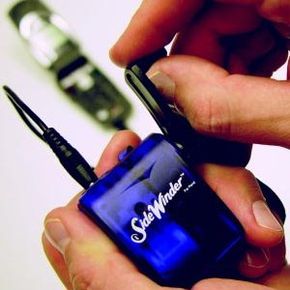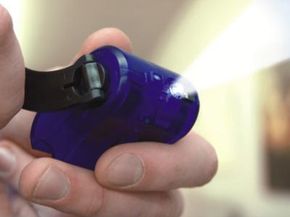Cell phones make communicating with each other from remote locations significantly easier. For many of us, it's comforting to know that when we head out for a drive or go traveling, we'll have the means to call anyone on our contact list. We can also use our cell phones in case of an emergency.
However, the nature of cell phones and other portable battery-powered devices means they need constant power in order to work properly. When you first get a cell phone, it seems like it'll last for weeks on just one charge. But as time goes by, the lithium-ion batteries these devices use can't hold as much charge, and they need to be recharged more often. As much as you try to keep your phone alive, chances are you'll run into a difficult situation where you'll need to use the phone but can't because of little or no available power. Cell phones fit snugly into the realm of Murphy's Law -- if it's possible for you to forget a charger and let your battery run too low, it's going to happen.
Advertisement
Sometimes you're in a place where there's no outlet, like in your car in the middle of a traffic jam. Maybe you've just started a weekend of camping, but the moment your arrive at the campsite you realize you only have one bar of battery life left and not much time before the cell phone becomes useless. Perhaps you've forgotten your charger or your friend offers to lend you his or her charger, which you try, only to find that doesn't fit your phone.
In any of these cases, it might help to have a source of power that doesn't rely on outlets or certain types of chargers. One helpful device that's portable and easy to use is a wind-up cell phone charger, a simple tool that requires just a little bit of elbow grease to keep your phone running. They're small and fit most phones, and most models cost between $25 and $35. Keep reading to learn more about how wind-up cell phone chargers work.
Advertisement




